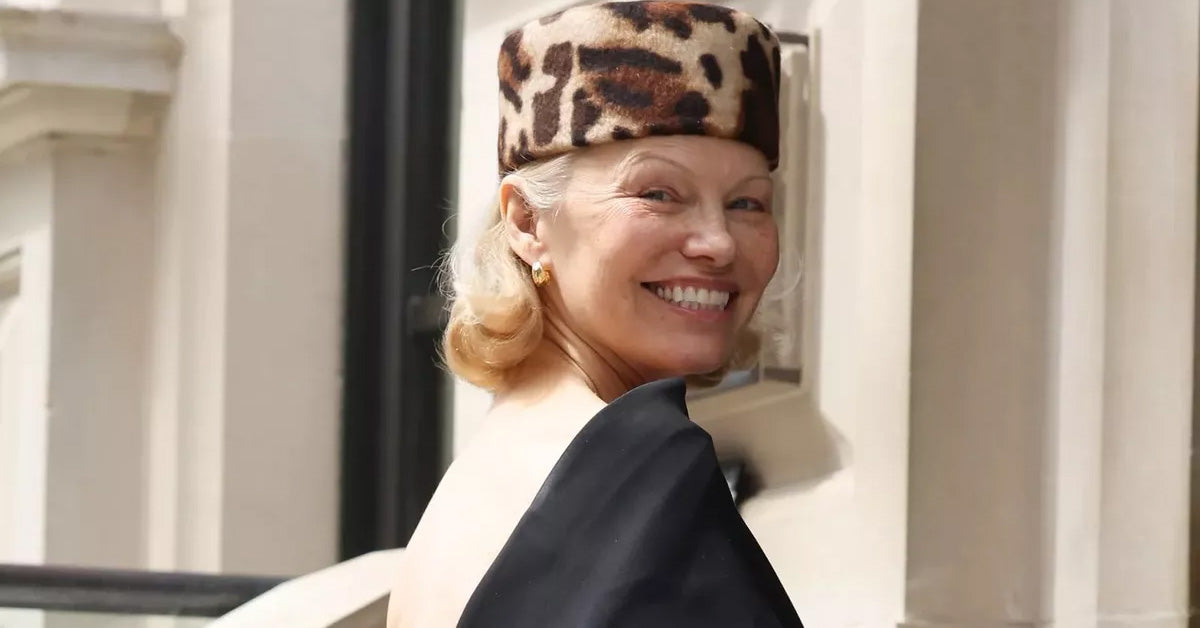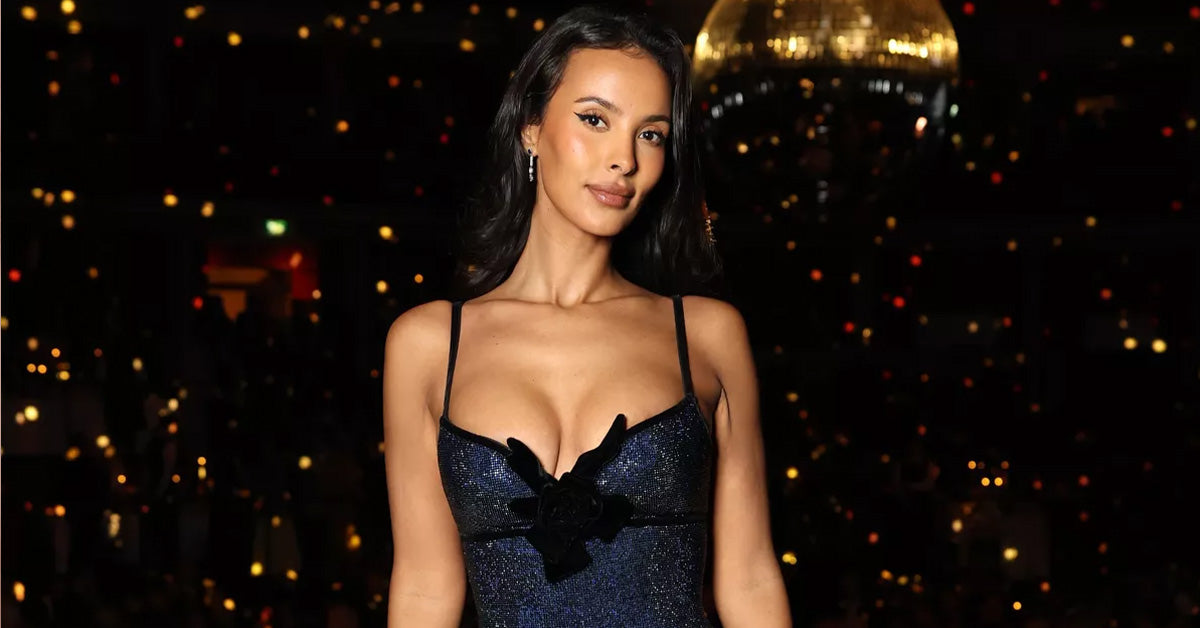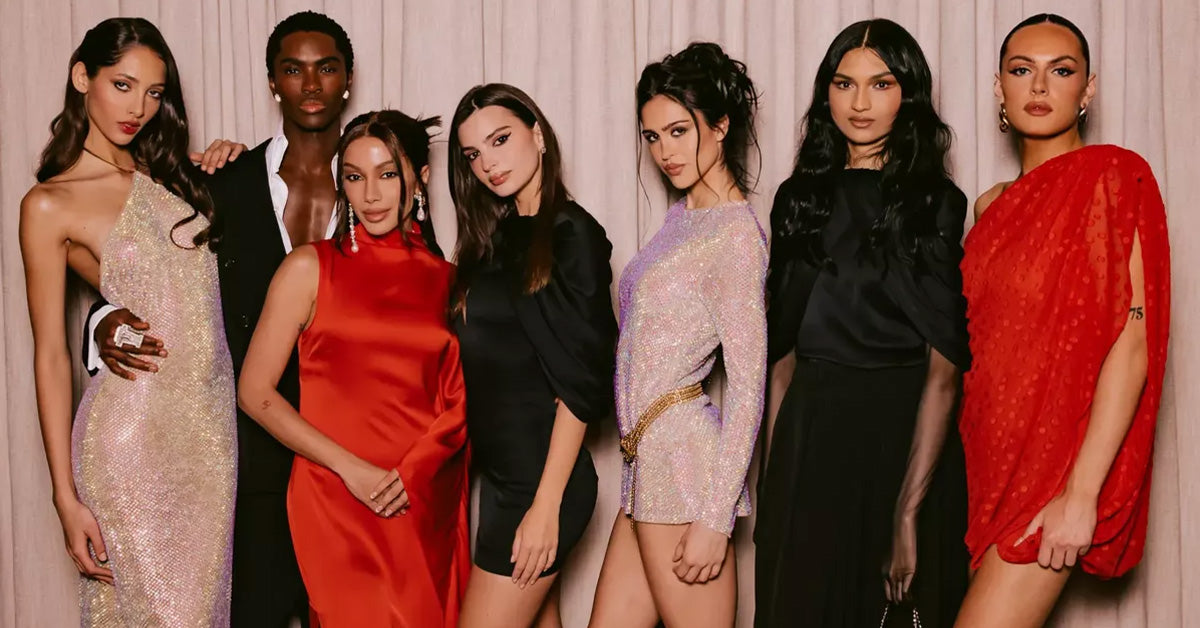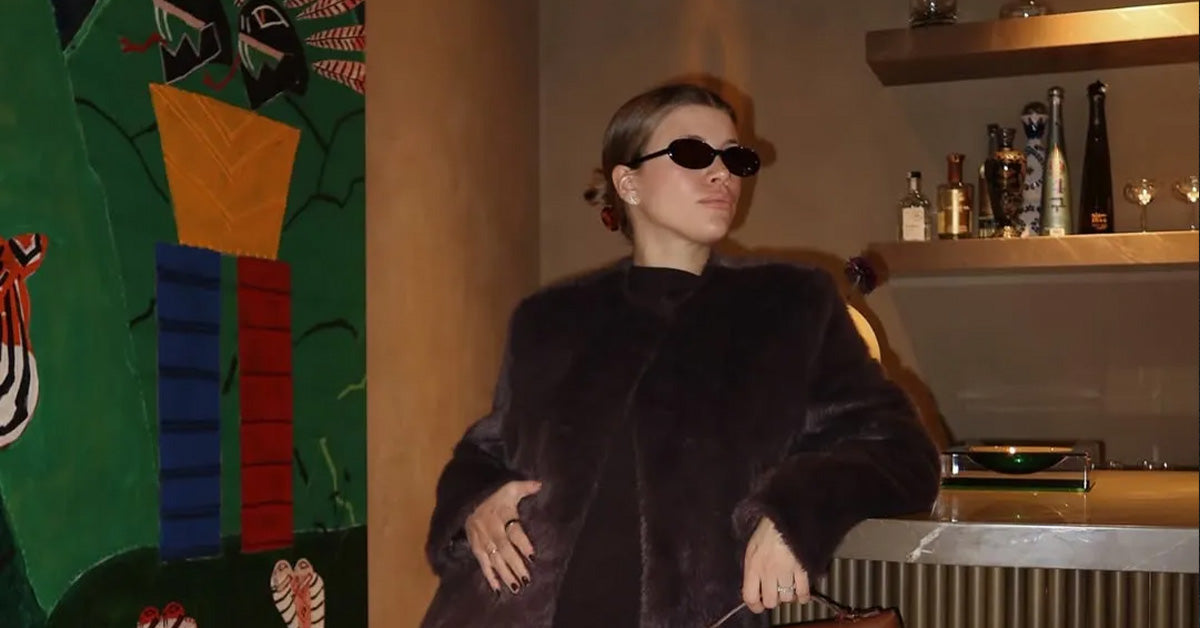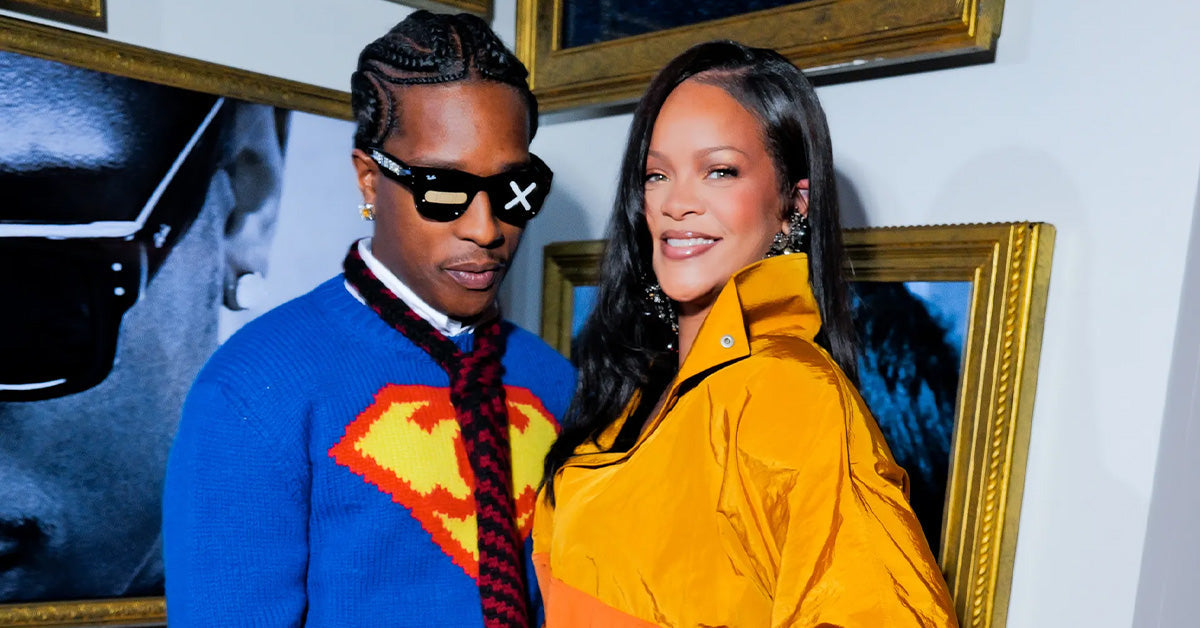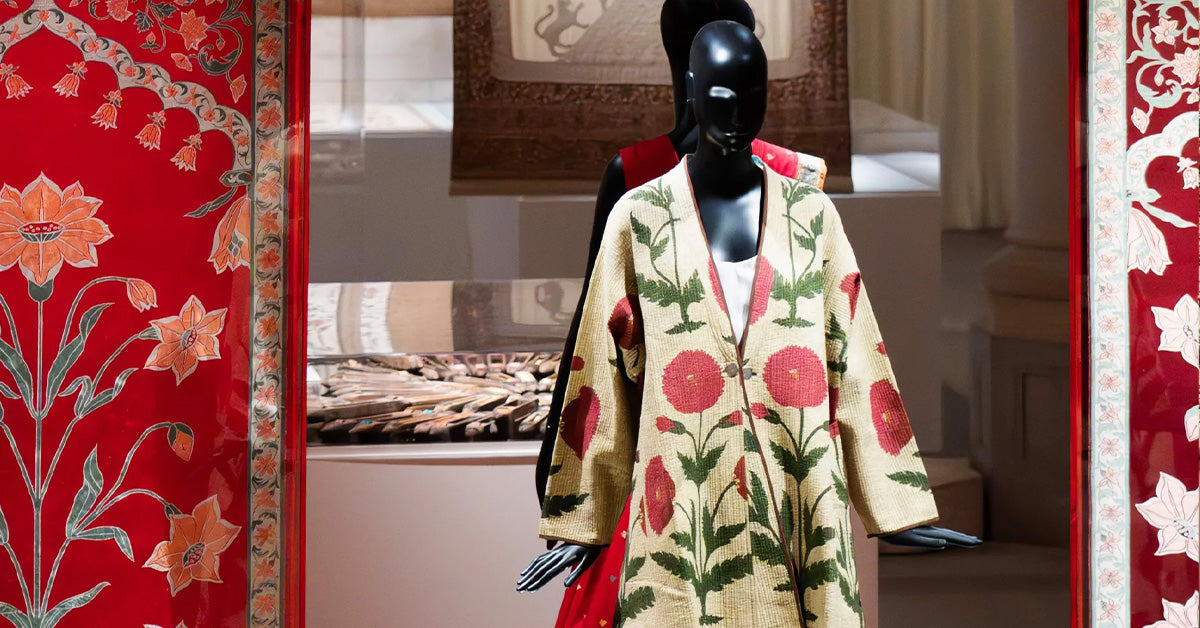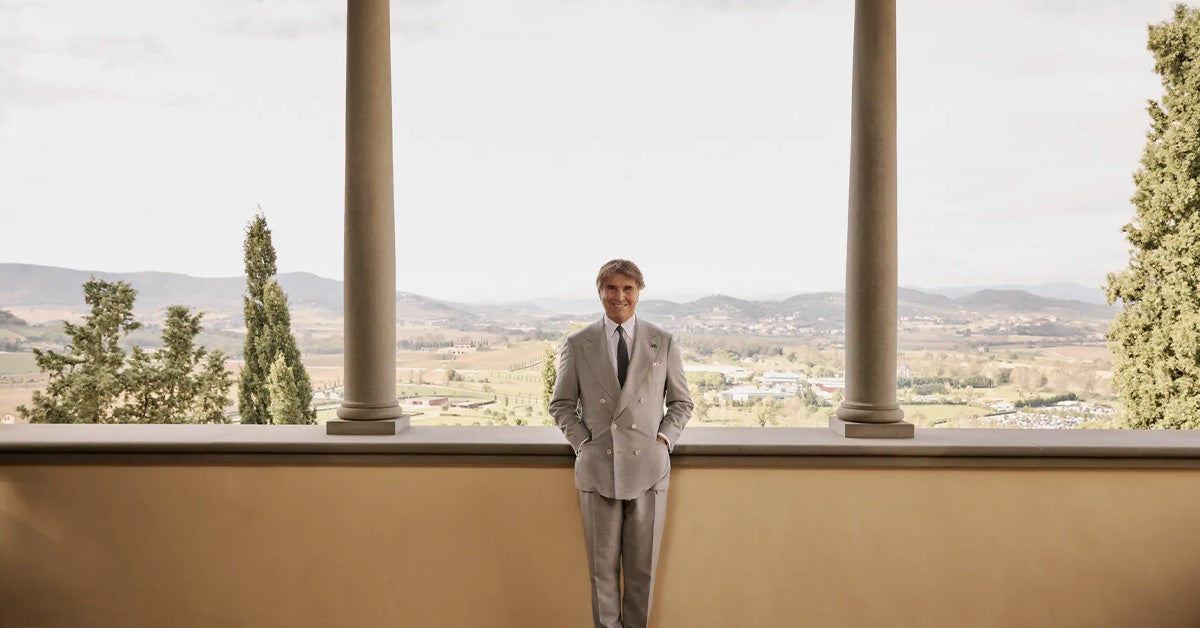The dupatta is a timeless and elegant element in South Asian fashion, celebrated for its grace, versatility, and cultural significance. Whether draped over shoulders, wrapped around the neck, or styled for special occasions, the dupatta is more than just a piece of fabric—it is a symbol of tradition, modesty, and style. In this detailed editorial, we unravel the history, styles, and contemporary relevance of the dupatta, offering a comprehensive guide for fashion enthusiasts and curious readers alike.
Understanding the Dupatta: Definition & Origins
The word dupatta originates from the Hindi and Urdu languages, where "du" means two and "patta" means strip of cloth. Traditionally, a dupatta is a long, rectangular scarf or shawl, measuring anywhere between 2 to 2.5 meters in length. It is an essential and iconic accessory in the attire of women across India, Pakistan, Bangladesh, and other South Asian regions.
The dupatta is most commonly paired with classic garments such as the salwar kameez, lehenga choli, and saree, but its presence is also seen in contemporary fusion wear. Historically, the dupatta served both aesthetic and practical purposes: it added color and elegance while also offering modest coverage.
The Evolution of the Dupatta: From Tradition to Modernity
The journey of the dupatta through centuries is a vibrant tapestry of evolving fashion, social customs, and artistic craftsmanship. Its earliest mentions can be traced back to ancient Indian scriptures, where upper garments resembling the dupatta were depicted in temple carvings and texts.
- Medieval Era: The dupatta became a symbol of respect and modesty, often used to cover the head and shoulders, especially in royal courts and during religious ceremonies.
- Mughal Influence: Mughal royalty transformed the dupatta with luxurious fabrics like silk, brocade, and fine muslin, adorned with intricate embroidery and embellishments.
- Colonial Period: The British era saw the blending of Western tailoring with traditional Indian styles, giving rise to new ways of draping and styling the dupatta.
- Modern Day: Today, the dupatta is both a statement accessory and a cherished heirloom, incorporated in everyday wear, wedding ensembles, and runway collections.
Key Features and Fabrics of the Dupatta
The versatility of the dupatta lies in its wide range of fabrics, colors, and decorative techniques. Some of the most popular choices include:
- Cotton: Lightweight and breathable, perfect for casual or summer wear.
- Silk: Luxurious and glossy, often reserved for festive or formal occasions.
- Chiffon & Georgette: Sheer, flowy, and elegant—ideal for draping and layering.
- Net & Organza: Delicate, semi-transparent, and often embellished with embroidery, sequins, or lace.
- Banarasi & Brocade: Richly woven with gold or silver threads, these dupattas are prized for their opulence.
Decorative techniques such as zari work, mirror work, block printing, phulkari embroidery, and bandhani tie-dye further enhance the beauty and uniqueness of each dupatta.
Cultural and Symbolic Significance
In South Asian culture, the dupatta is imbued with deep symbolic meaning. It often signifies modesty, respect, and grace. In many traditional households, young women are taught to drape the dupatta as a sign of decorum, especially in the presence of elders or during religious ceremonies.
The dupatta also plays a significant role in milestones and rituals. For instance, during weddings, the bridal dupatta (or chunni) is often a family heirloom, heavily embellished with embroidery and passed down through generations. In Hindu and Sikh weddings, the dupatta is also used in sacred rituals, symbolizing the union of two families.
How to Wear and Style a Dupatta
The beauty of the dupatta lies in its adaptability. There are countless ways to style it, each reflecting regional preferences, personal taste, and occasion.
- Classic Drape: Simply laid over both shoulders, allowing the fabric to flow gracefully down the front and back.
- One-Shoulder Drape: Draped over one shoulder and across the body, often seen with lehengas or sarees.
- Head Covering: Used to cover the head during religious events or prayers, symbolizing humility and devotion.
- Neck Wrap: Styled like a scarf or stole, adding a modern twist to traditional attire.
- Belted Style: The dupatta is cinched at the waist with a belt or sash, popular in contemporary fashion for a structured look.
Fashion designers and influencers have also reimagined the dupatta, incorporating it into fusion outfits, pairing it with jeans, or using it as a dramatic cape for high-fashion editorials.
Caring for Your Dupatta: Preservation Tips
Given the delicate nature of many dupattas, especially those crafted with fine fabrics or intricate work, proper care is essential to maintain their beauty and longevity. Here are some key tips:
- Gentle Washing: Hand-wash dupattas with mild detergent, avoiding harsh chemicals that can damage delicate fibers and embellishments.
- Proper Storage: Store dupattas in cool, dry places. Use muslin or cotton bags for silk or embroidered pieces to prevent snagging and discoloration.
- Avoid Direct Sunlight: Prolonged exposure to sunlight can fade vibrant colors and weaken fabric strength.
- Iron Carefully: Use a low-heat setting and place a cotton cloth between the iron and the dupatta, especially for delicate materials.
The Dupatta in Contemporary Fashion
The dupatta has evolved beyond its traditional confines, becoming a favorite among fashion designers and style icons worldwide. Its versatility allows it to seamlessly blend with both ethnic and Western outfits. Runways, Bollywood films, and global fashion weeks have all celebrated the dupatta’s elegance—proving that this classic accessory remains relevant, adaptable, and forever in vogue.
Whether you cherish it as a symbol of cultural heritage or embrace it as a trendy statement piece, the dupatta is a testament to the enduring power of fashion to unite the past and present.
FAQs about Dupatta
-
1. What does the dupatta symbolize?
The dupatta is a symbol of modesty, respect, and grace in South Asian culture. It is often worn during religious ceremonies, family gatherings, and special occasions to signify cultural values and traditions.
-
2. Can men wear dupattas?
Yes, men in South Asia sometimes wear dupatta-like scarves known as "stoles" or "shawls," especially during weddings, religious ceremonies, or as part of traditional attire like the sherwani or kurta-pajama.
-
3. Are dupattas only worn with traditional outfits?
No, dupattas can be styled with both traditional and contemporary outfits. Fashion-forward individuals often pair dupattas with jeans, dresses, or fusion wear for a modern twist.
-
4. How do I choose the right dupatta for my outfit?
Consider the occasion, fabric, and color of your outfit. For formal events, opt for silk or embroidered dupattas; for daily wear, cotton or chiffon works best. Match or contrast the dupatta with your ensemble for the desired effect.
-
5. How should I store my dupattas to keep them in good condition?
Store dupattas in breathable garment bags or wrap them in muslin cloth. Keep them away from direct sunlight and humidity to prevent fading and damage to delicate embellishments.

